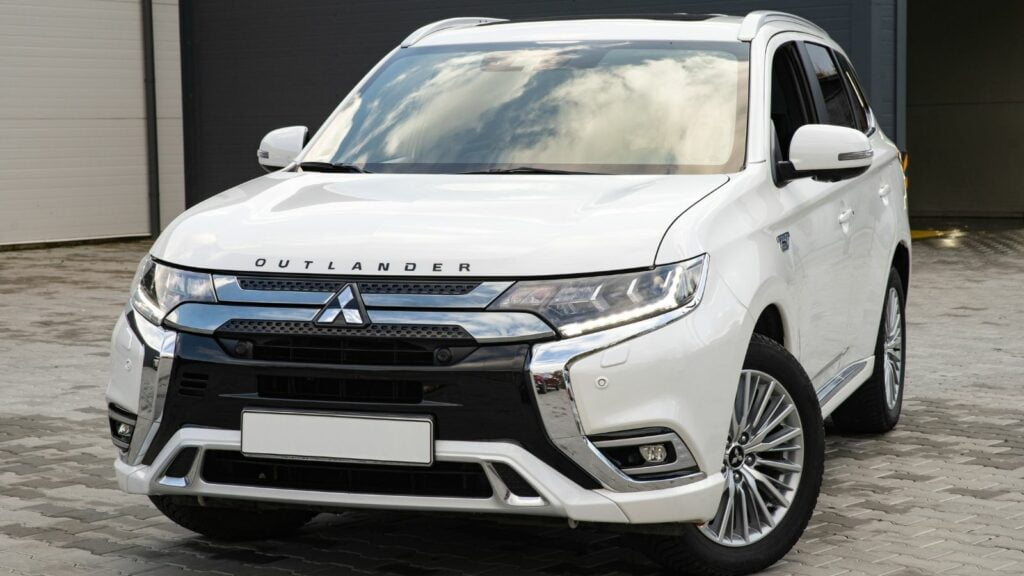Car manufacturers promise reliability, assuring customers that their cars will go on for years without any problems, but they often fail to meet their promises. Many cars that entered the markets have been unable to meet customer’s expectations, despite being marketed as highly reliable cars, proving to be complete disasters. These are 20 cars that were marketed as reliable but turned out to be total lemons:
2003 Ford Focus (Second Generation)
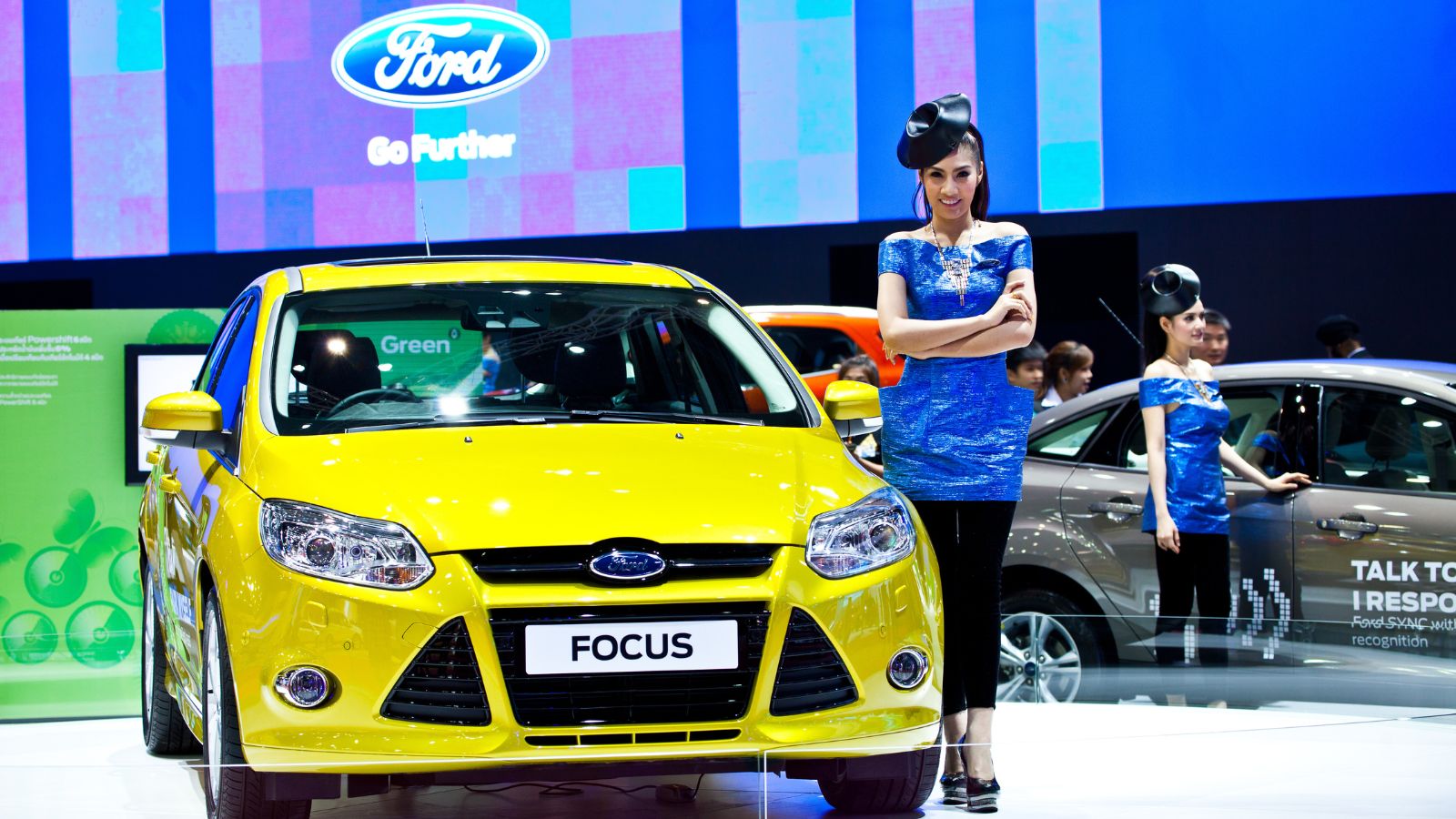
The 2003 Ford Focus had a 2.0L four-cylinder engine that frequently experienced transmission troubles, fuel system problems, and stalling. The interior featured cheap plastic components, a dashboard that cracked in sunlight, power window switches that failed prematurely, and fabric seats that wore out quickly. The Focus took 10.5 seconds from 0 to 60 mph, failing to offer speed and acceleration. Despite being marketed as a practical and reliable compact, it ended up causing major headaches for its owners.
2006 Dodge Caliber
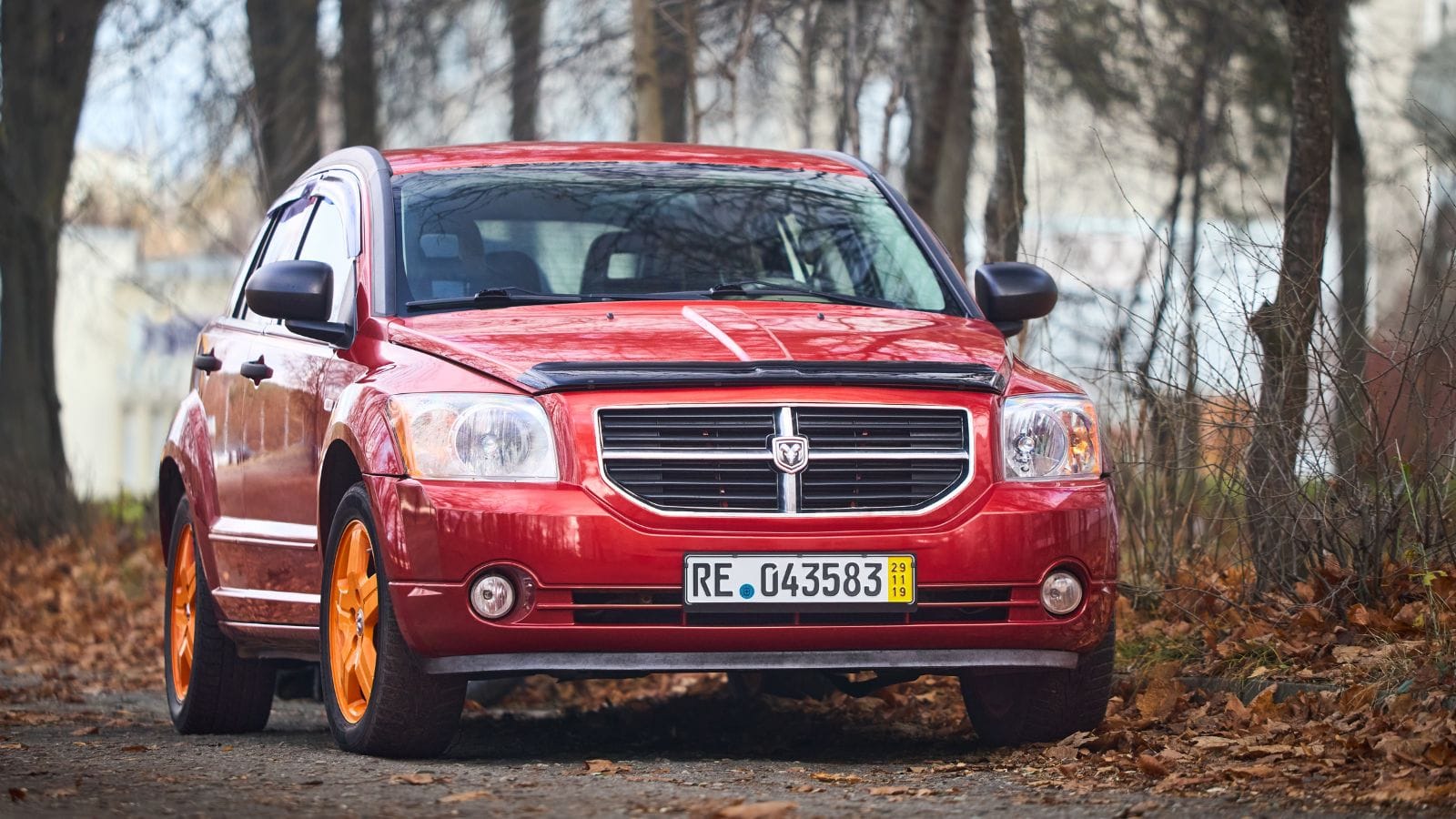
The 2006 Dodge Caliber had a 1.8L inline-four engine and an optional 2.4L engine, and several reliability issues, including a noisy engine, underpower, and oil consumption problems. The continuously variable transmission (CVT) often broke down before 100,000 miles. The interior had hard plastic surfaces that gave the cabin a cheap feel, the seats were uncomfortable, and the dashboard controls were flimsy. The car also had slow acceleration, reaching 60 mph in 11.3 seconds. It was promoted as a reliable and fuel-efficient car but became a disaster for owners.
2012 Chevrolet Malibu
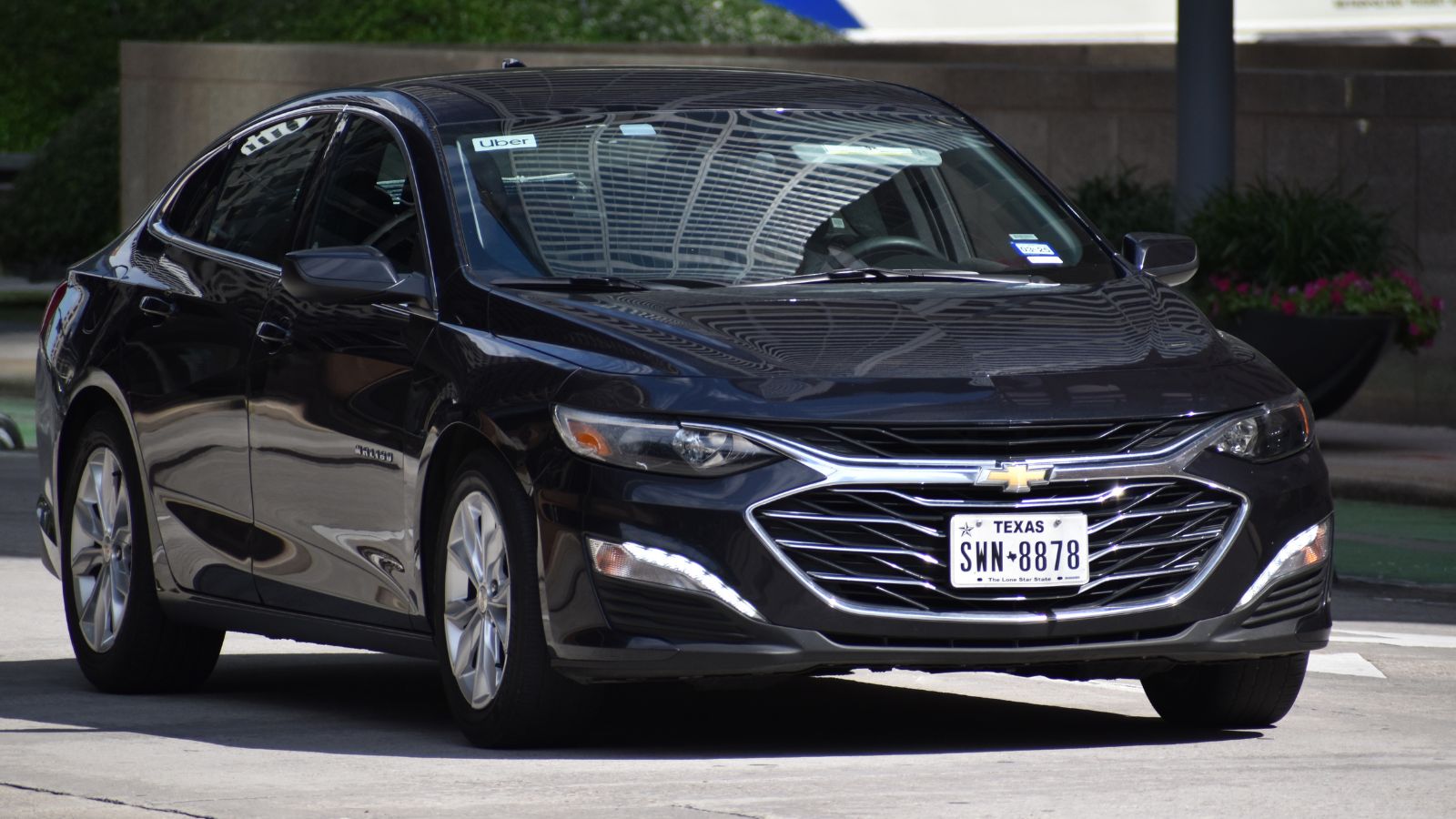
The 2012 Chevrolet Malibu had a 2.4L four-cylinder engine and an optional 3.6L V6. However, the standard engine suffered timing chain failures and heavy oil consumption. The six-speed automatic transmission had rough shifting and outright failure before 80,000 miles. The Malibu appeared contemporary but had some major quality problems. The dashboard plastics felt cheap, the touchscreen infotainment system often froze, and the seats were uncomfortable for long road trips. It wasn’t very fast, with a 0-60 mph time of 9.5 seconds. Priced as a solid and upscale sedan, the 2012 Malibu was a complete letdown.
2007 Nissan Versa
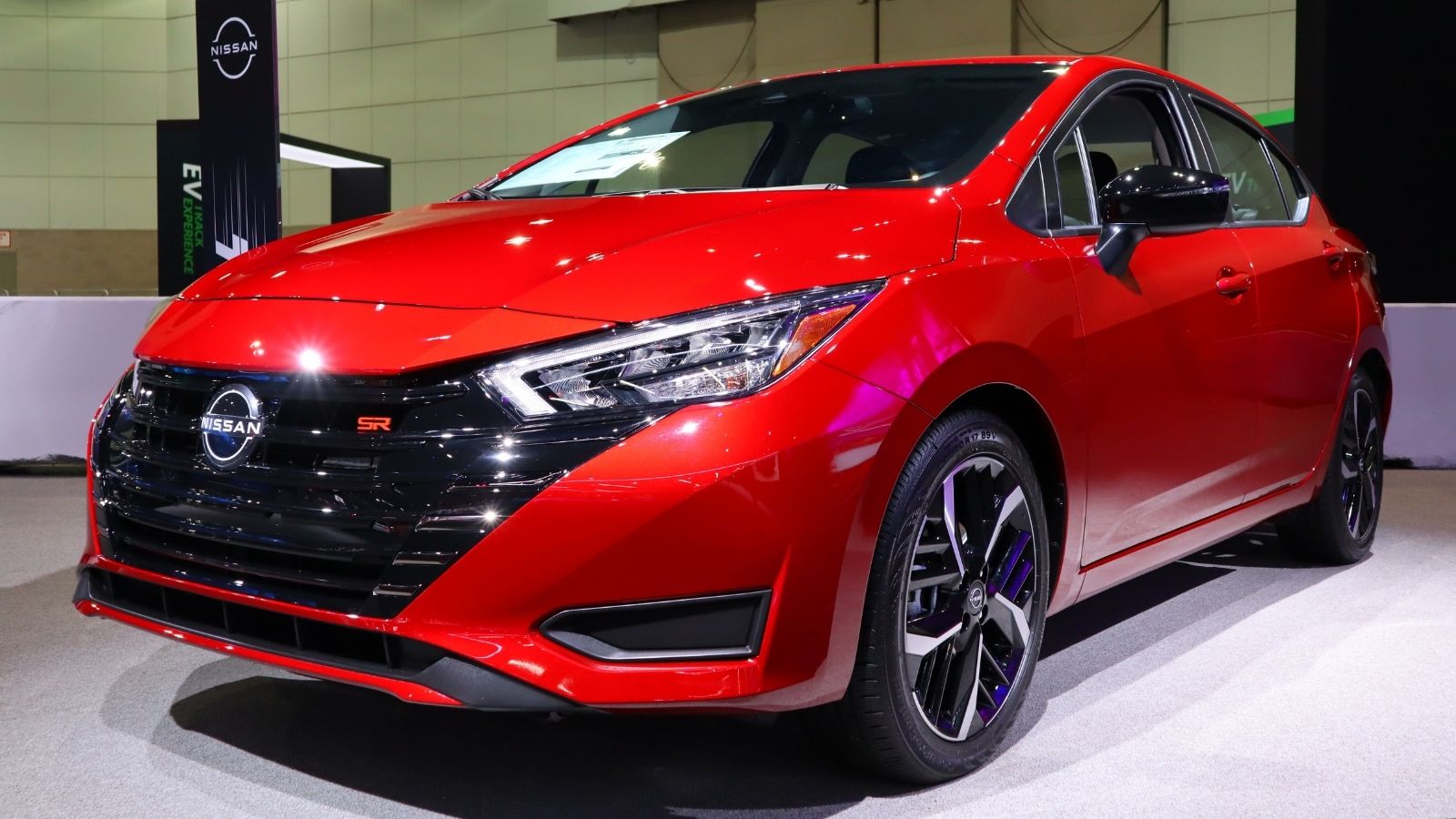
The 2007 Nissan Versa featured a weak 1.8L four-cylinder engine prone to premature failure through timing chain problems. The CVT transmission was even worse, with owners experiencing full transmission failure under 60,000 miles. The inside had inexpensive cloth seats that went bad fast, the dashboard plastics buzzed after a few years, and the window motors broke regularly. Nissan promised reliability, but the car was one of the most issue-prone vehicles that also under-delivered in acceleration, with a 0-60 mph of roughly 10.3 seconds.
2013 Ford Escape
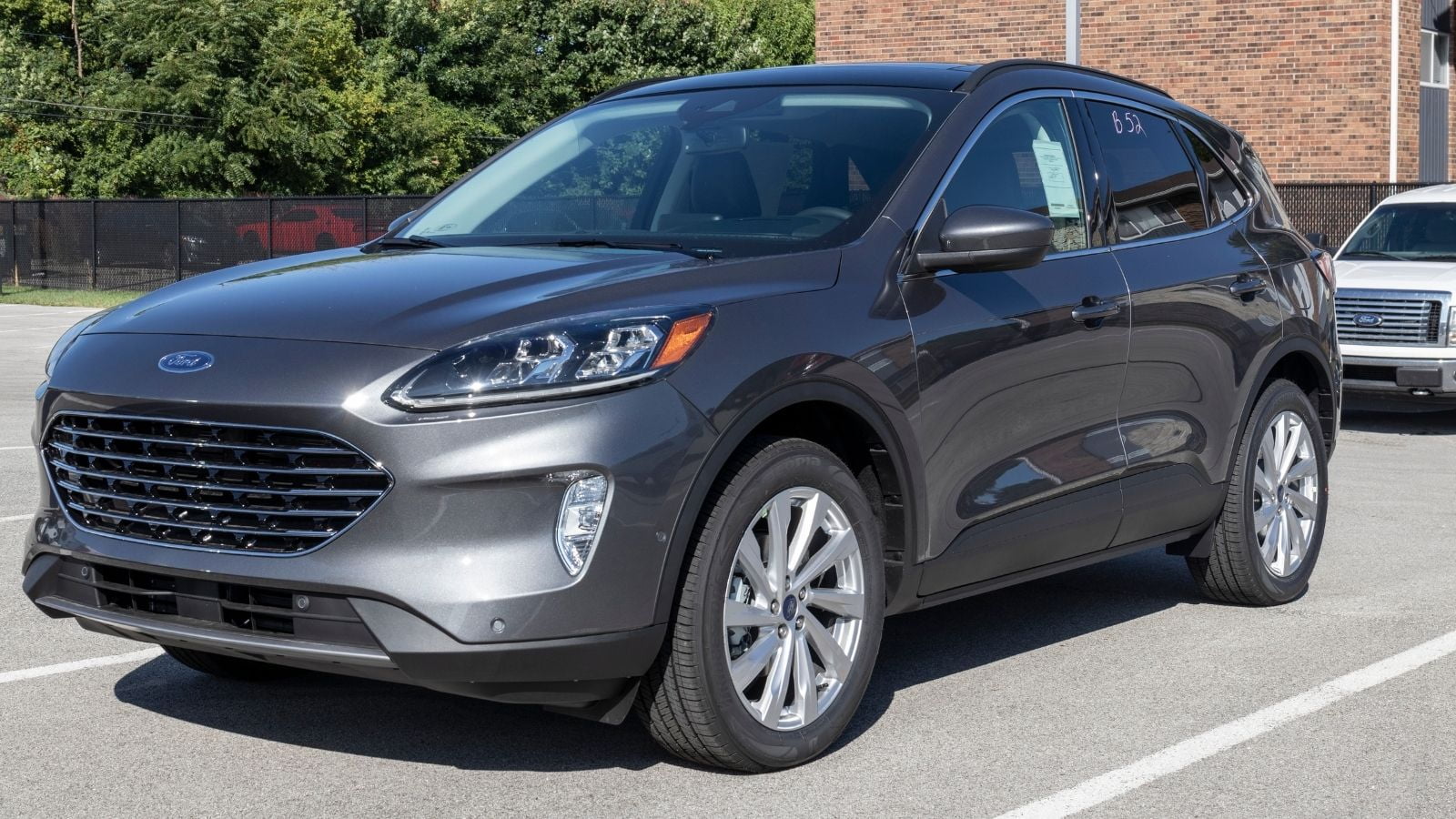
The 2013 Ford Escape had a 1.6L EcoBoost turbo engine and an optional 2.0L turbo engine. However, the 1.6L engine was plagued by overheating problems that resulted in total engine failure. The automatic transmission also experienced frequent shifting issues, leaving drivers stranded. Inside, Ford attempted to make the Escape feel like an upscale vehicle, but the implementation didn’t come close. The MyFord Touch infotainment system was notoriously flawed, the leather upholstery prematurely wore out, and the cabin developed nagging rattles. It had good acceleration, with a 0-60 mph time of 8.5 seconds, but the long-term reliability was a total lemon, making it among Ford’s most disappointing SUVs.
2005 Volkswagen Jetta
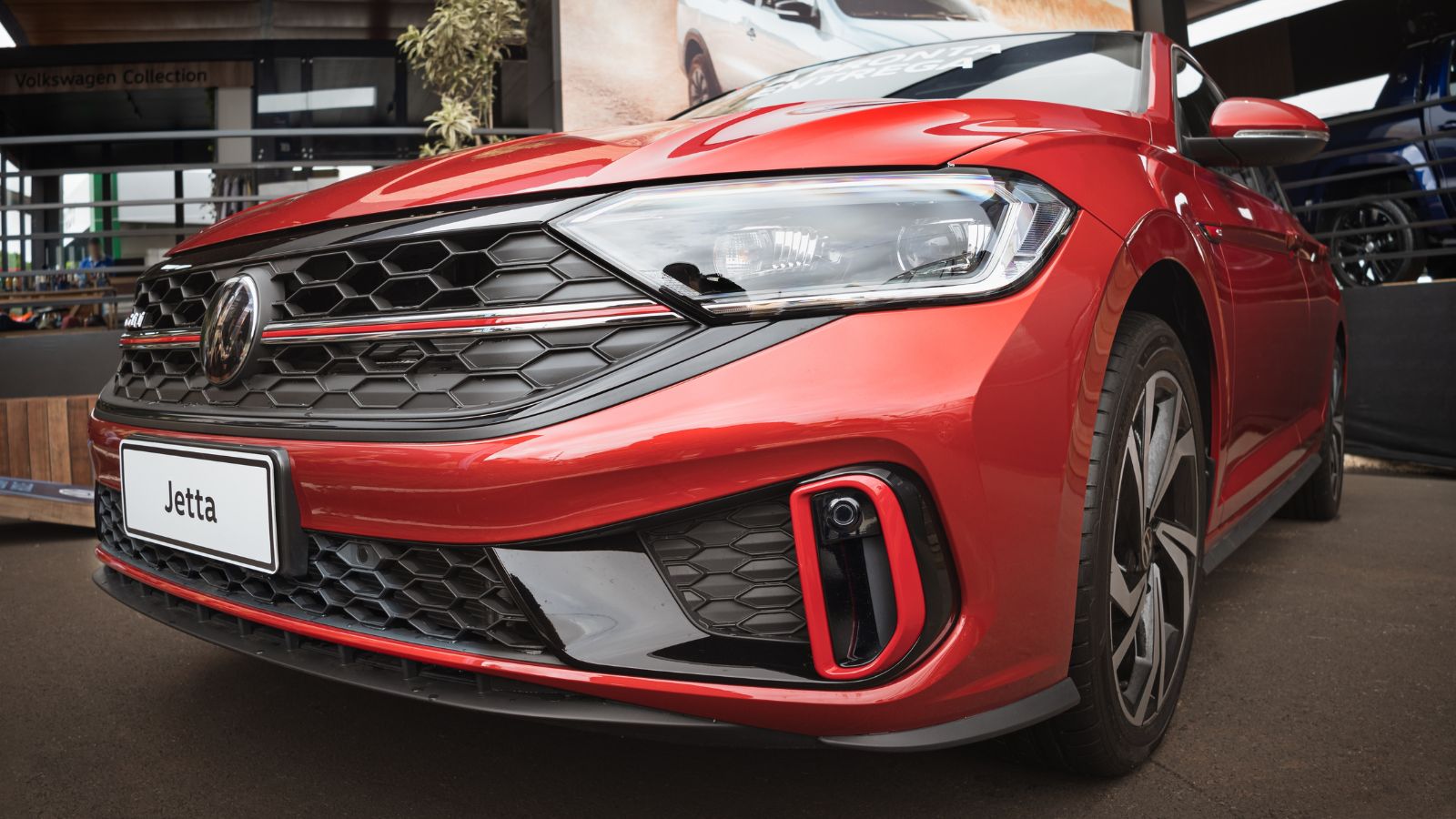
The 2005 Volkswagen Jetta was equipped with a 2.5L five-cylinder engine plagued by frequent misfires, oil leaks, and timing chain tensioner failure. The six-speed automatic transmission was also a sore spot, with a reputation for unpredictable shifting and premature failure. Inside, it featured a modern, clean styling with soft plastic trim, but the quality was not great. The headliner drooped within a few years, the regulators for the power windows constantly broke, and the door panels softened in warm temperatures. It was not quick, going from 0-60 mph in 9.1 seconds. A well-engineered German sedan, it should have been, was an infuriating one to own.
2011 Hyundai Sonata

The 2011 Hyundai Sonata was equipped with a 2.4L GDI four-cylinder engine that became infamous for premature engine failure caused by excessive oil consumption and defective connecting rods. The six-speed automatic transmission was faulty, with owners suffering complete failure before 100,000 miles. The interior looked stylish but bad quality, with cheap leatherette seats that peeled quickly, dashboard materials that cracked under sunlight, and a malfunctioning infotainment system. Although it had a respectable 0-60 mph time of 7.9 seconds, the Sonata became one of Hyundai’s most recalled models with long-term durability issues.
2007 Jeep Compass
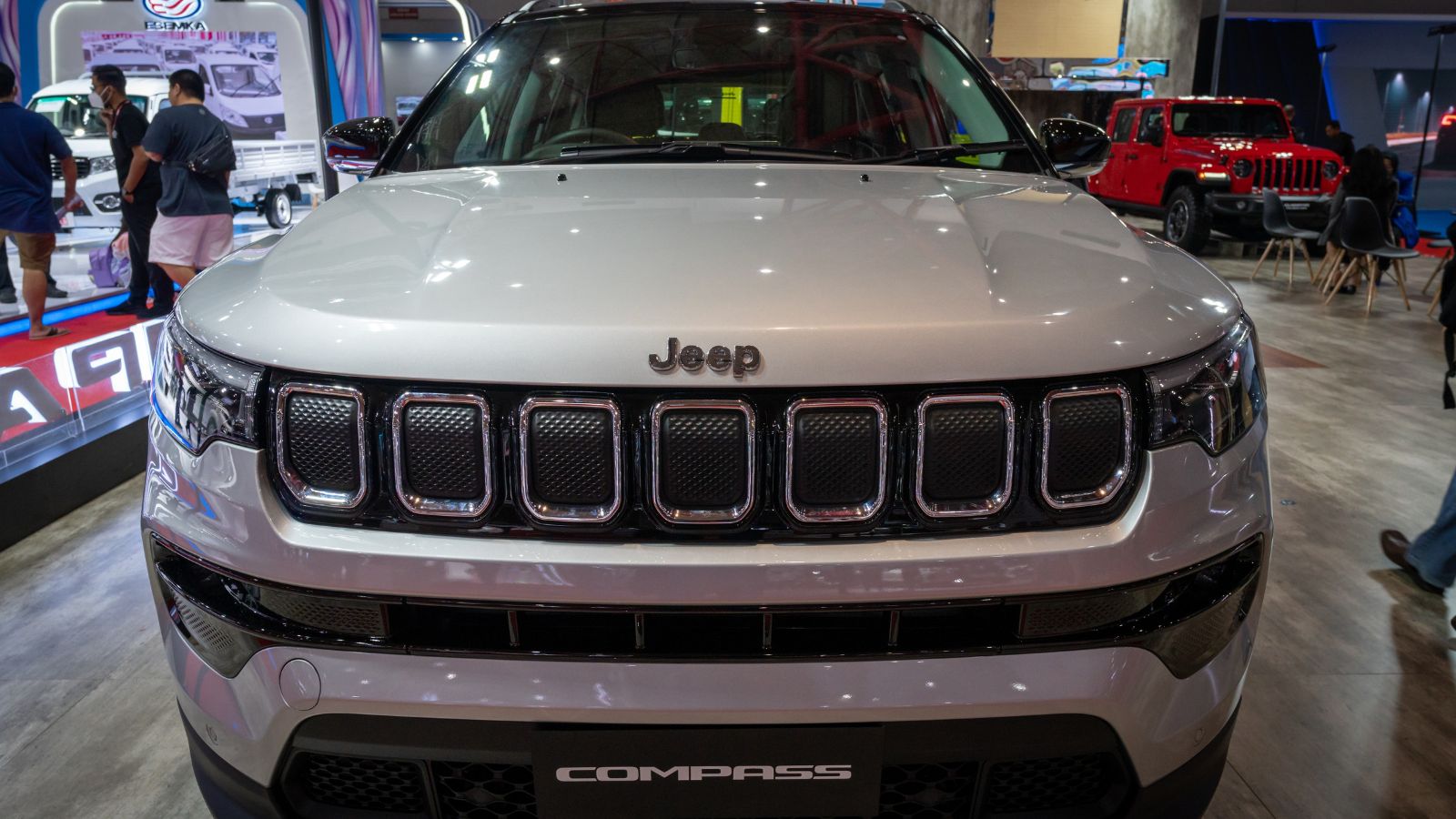
The American team from Chrysler designed the 2007 Jeep Compass as a budget-friendly and durable crossover. It was equipped with a 2.4L four-cylinder engine but had little power and high oil consumption. The CVT transmission was one of the industry’s worst, overheating all the time and dying before 70,000 miles. Behind the scenes, Jeep also had cheap-feeling hard plastics that made the interior seem tacky, the seating was uncomfortable, and road noise became intolerable on the highway. The Compass embarrassingly registered 0-60 mph in 10.5 seconds, even slower than average for SUVs. Although it was promoted as a sturdy and able compact SUV, the Compass was one of the worst Jeep ever made.
2014 Cadillac ATS

The 2014 Cadillac ATS featured a 2.0L turbocharged four-cylinder engine plagued by significant reliability problems such as turbo failure and carbon deposit in the intake valves. The eight-speed automatic transmission had issues of rough shifting and premature failure. Inside, the ATS boasted a plush-looking interior with leather upholstery and a high-tech CUE infotainment system, but the execution was subpar. The infotainment system was slow and unresponsive, the trim pieces rattled after a few years, and the seat stitching often came loose. It was quick and had a respectable 0-60 mph time of 5.7 seconds, but it was a nightmare for owners due to the reliability issues.
2002 Mini Cooper

BMW designed the 2002 Mini Cooper to pack British charm and German engineering. Its 1.6L four-banger engine experienced timing chain breakdowns, coolant leaks, and head gasket problems. The automatic transmission was also not to be trusted, with most owners experiencing total failure within 60,000 miles. The interior was fashionable and offbeat but suffered severe quality problems. The power window motors quit working all the time, the door panels were delaminated, and the plastic trim pieces cracked easily. With a 0-60 mph time of 8.5 seconds, it had a respectable performance, but the Mini Cooper’s abysmal reliability made it a costly headache to own.
2008 Chrysler Sebring

Chrysler’s in-house designers designed the 2008 Sebring as a stylish, up-to-date sedan. However, it became one of the worst cars of its time. It had a loud, weak, and oil-sludge-prone 2.4L four-cylinder engine, bad interiors with budget plastics, soggy seats, and a clunky dashboard design that seemed low-budget. The six-speed automatic transmission failed regularly, usually not wanting to shift. Driving wasn’t even enjoyable with a slow 0-60 mph time of 9.5 seconds. Chrysler sold the Sebring as a stylish and reliable sedan, but it failed in many ways.
2015 Nissan Altima
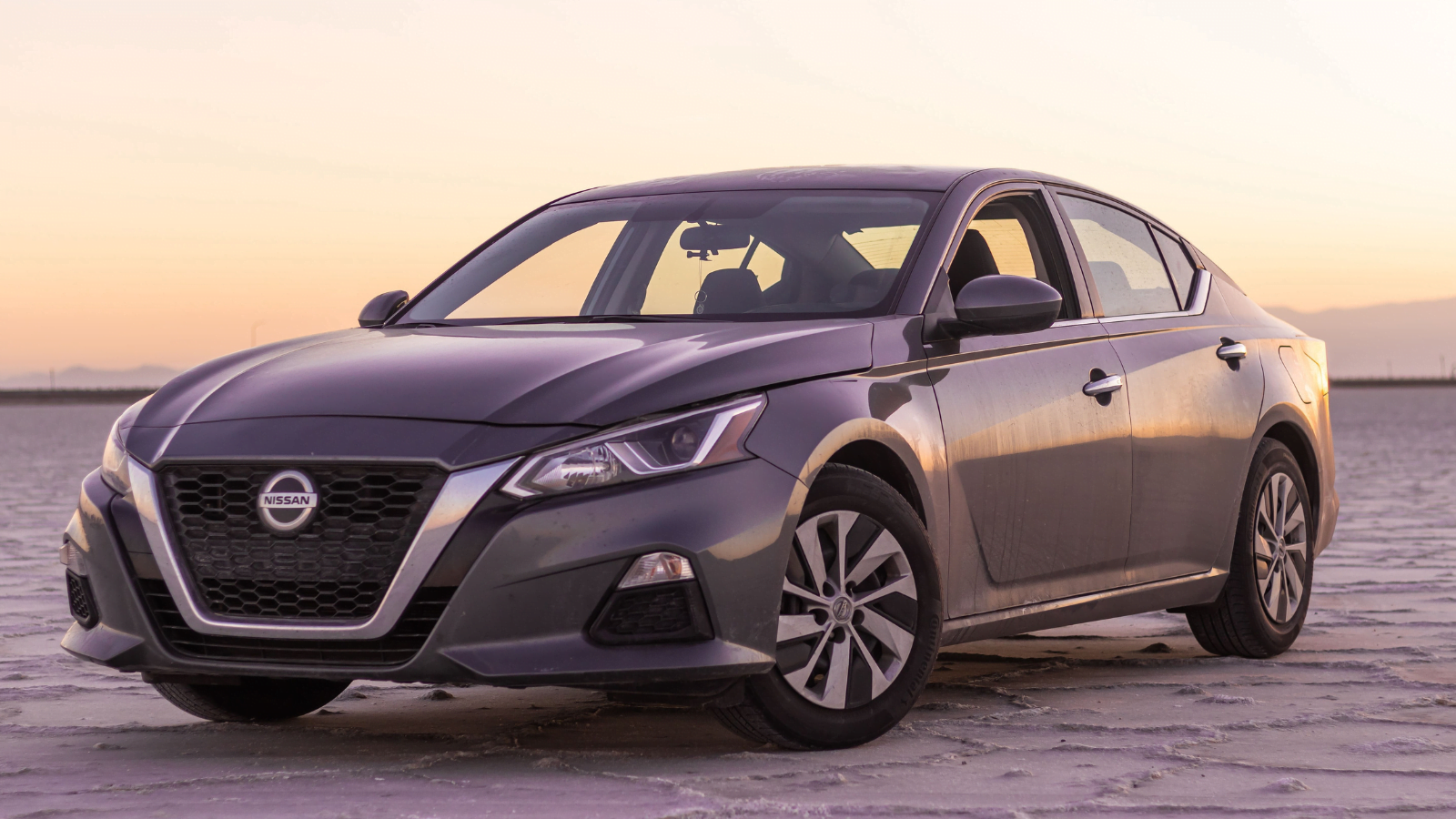
Nissan’s international design team produced the 2015 Altima, emphasizing comfort and fuel efficiency, but problems beset it. The 2.5L four-cylinder engine suffered serious oil consumption issues and was prone to premature failure. The CVT transmission took top honors in being one of the worst culprits, overheating and failing before 80,000 miles. On the inside, the Altima’s cabin was roomy and had soft-touch trim, but the seats were poorly cushioned, the dashboard creased in heat, and the infotainment system crashed constantly. It had a fair 0-60 mph acceleration of 7.8 seconds, but the problems overshadowed the car’s capabilities.
2009 Toyota Matrix
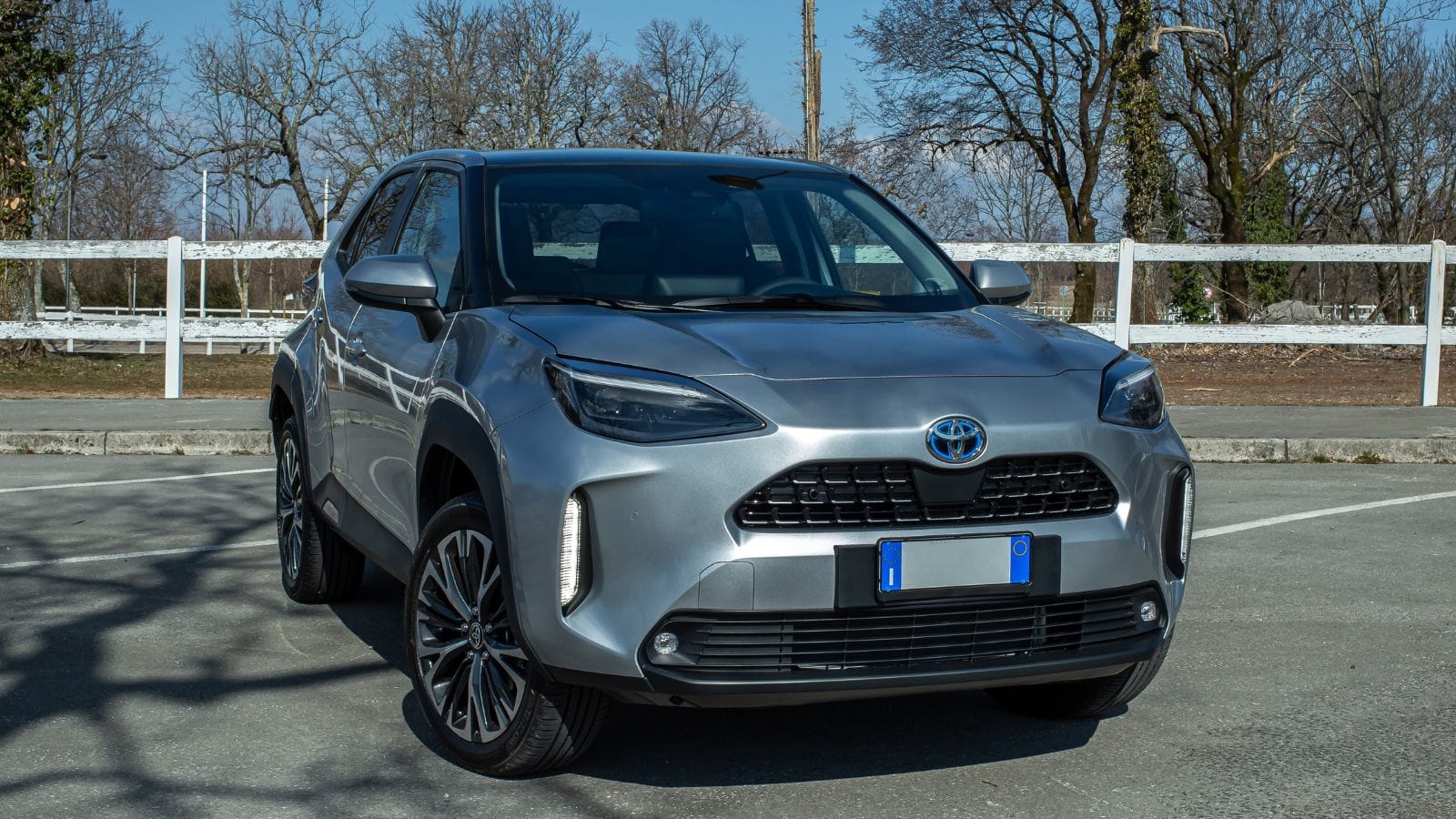
Toyota’s design team built the 2009 Matrix as a sporty, dependable hatchback. However, it was plagued by a 1.8L four-cylinder engine that consumed excessive oil. Numerous owners also complained of failing piston rings. The interior was roomy, but the materials were cheap, including creaking door panels, a poorly executed center console, and easily stained fabric seats. Although the Matrix accelerated from 0 to 60 mph in 8.3 seconds, it was ultimately a letdown compared to Toyota’s typical reliability expectations.
2010 Chevrolet Equinox

GM’s North American team developed the 2010 Equinox as a family-oriented SUV, but it had serious flaws. The 2.4L four-cylinder engine had a well-known timing chain deficiency that resulted in premature engine failure. The six-speed automatic transmission was just as troublesome, with slipping gears and outright failure common complaints from many owners. The inside was roomy, but the seats were uncomfortable, and the cheap plastics and slow-to-react touchscreen made an undesirable drive. It was not fast either, with a 0-60 mph figure of 9.3 seconds. What should have been a dependable family SUV became an expensive headache for many purchasers.
2012 Fiat 500
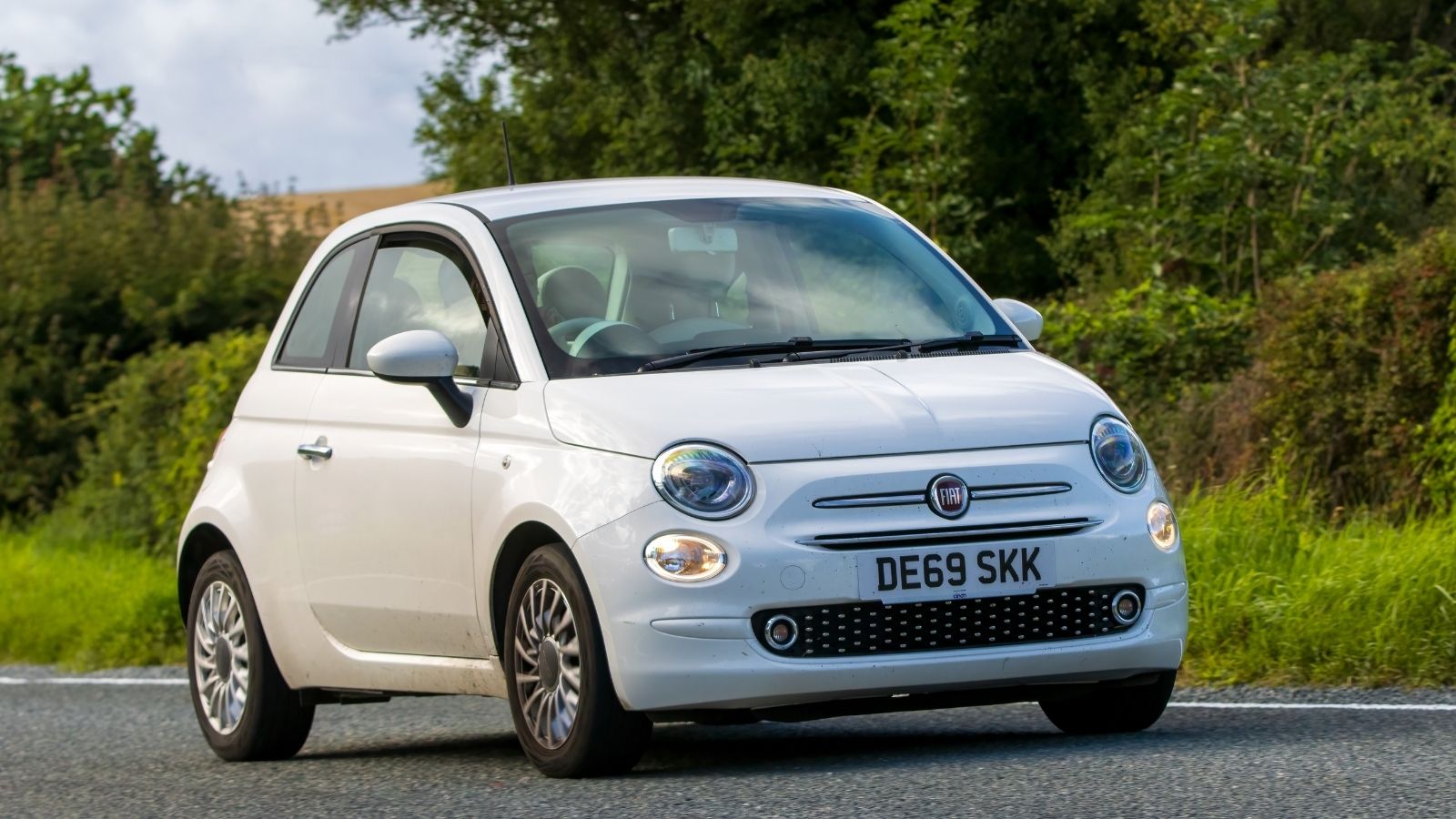
The 2012 Fiat 500 had a 1.4L inline-four engine plagued with frequent oil leaks, overheating, and leaking valve seals. The automatic transmission had wild shifting and premature failure under 50,000 miles. The interior had a retro-style cockpit with bright-colored plastic fascias, painful seats, brittle dashboard controls, and failed power window switches. The Fiat 500’s 9.7-second 0-60 mph was not so bad for a city car, but the numerous breakdowns made it a pain to own. Despite its pleasing appearance, it became one of the most unreliable small cars.
2004 Saturn Ion
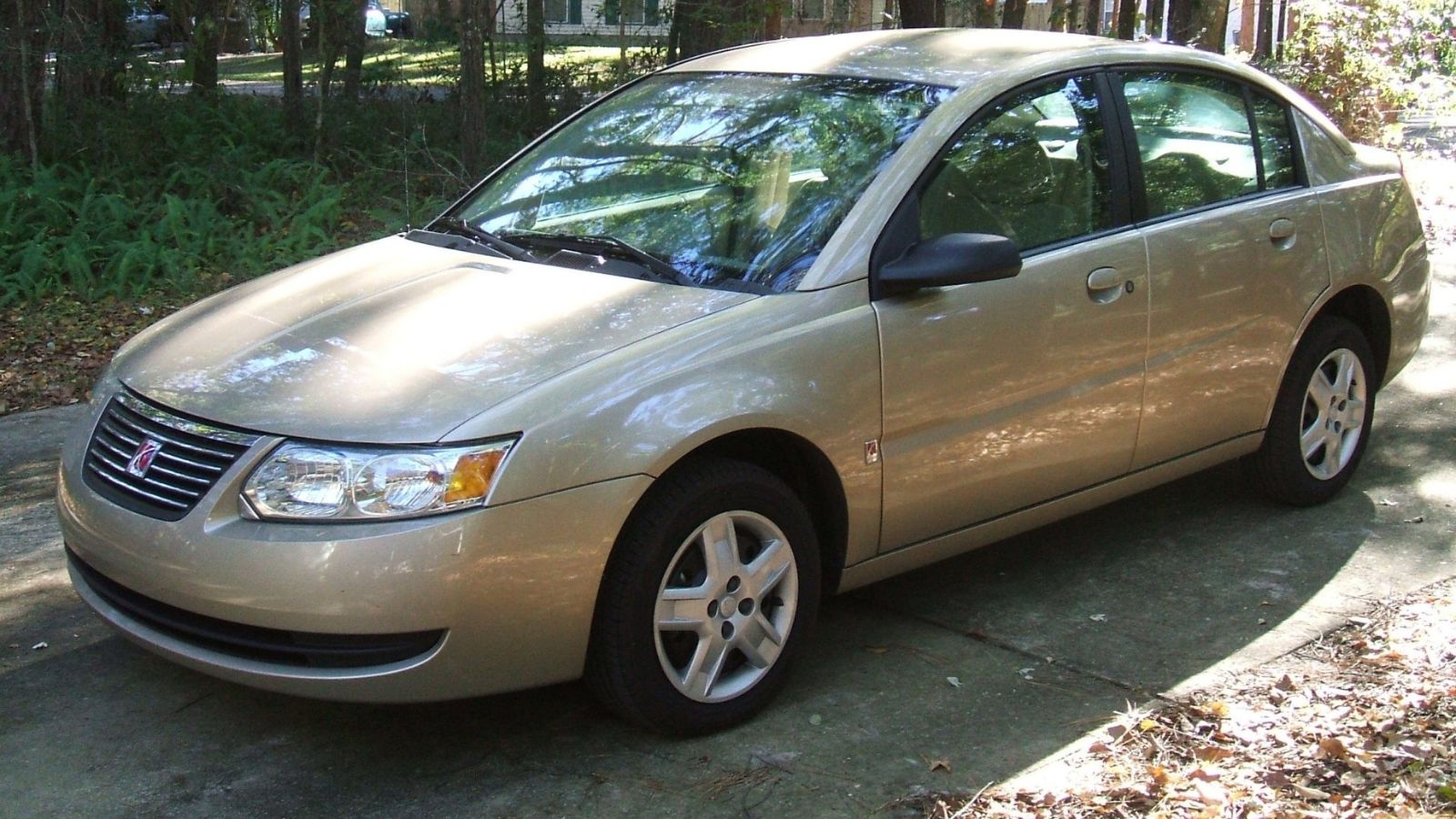
The 2004 Ion was equipped with a 2.2L four-cylinder Ecotec engine, which would fail in the timing chains and consume lots of oil. The five-speed automatic transmission also proved to be a weak spot, often sliding gears and randomly failing. On the inside, the Ion had one of the most panned interiors of its generation. The cheap plastic materialized throughout the dashboard, the center-mounted instrument cluster was difficult to read, and the seats were among the worst in its segment. Saturn promoted the Ion as a durable economy vehicle, but owning it became a nightmare as it did not deliver a thrilling drive with a slow 0-60 mph time of 10.2 seconds.
2013 Mitsubishi Outlander Sport

The 2013 Outlander Sport was equipped with a 2.0L four-cylinder engine, but it was underpowered, loud, and plagued by constant oil leaks. Its CVT transmission was one of its worst aspects, overheating constantly and failing before 80,000 miles. On the inside, Mitsubishi took shortcuts, including cheap plastic trims, uncomfortable and stiff seats, and a slow and outdated infotainment system. While promoted as a rugged and reliable SUV, the Outlander Sport’s reliability problems made it a total lemon that was also very slow, going 0-60 mph in 10.6 seconds.
2014 Jeep Cherokee

The 2014 Jeep Cherokee featured a 2.4L Tigershark four-cylinder engine, which had issues with excessive oil consumption and frequent stalling. The nine-speed automatic transmission, a big selling feature, proved one of the worst in the business, often jerking, slipping, and stalling. On the inside, Jeep attempted to make the Cherokee feel luxurious, but the leather seats peeled off rapidly, the infotainment system lagged, and the power seat controls frequently failed. It had a respectable 0-60 mph time of 7.5 seconds, but it remained one of the most unreliable SUVs of its day.
2003 Mercedes-Benz C-Class (W203)
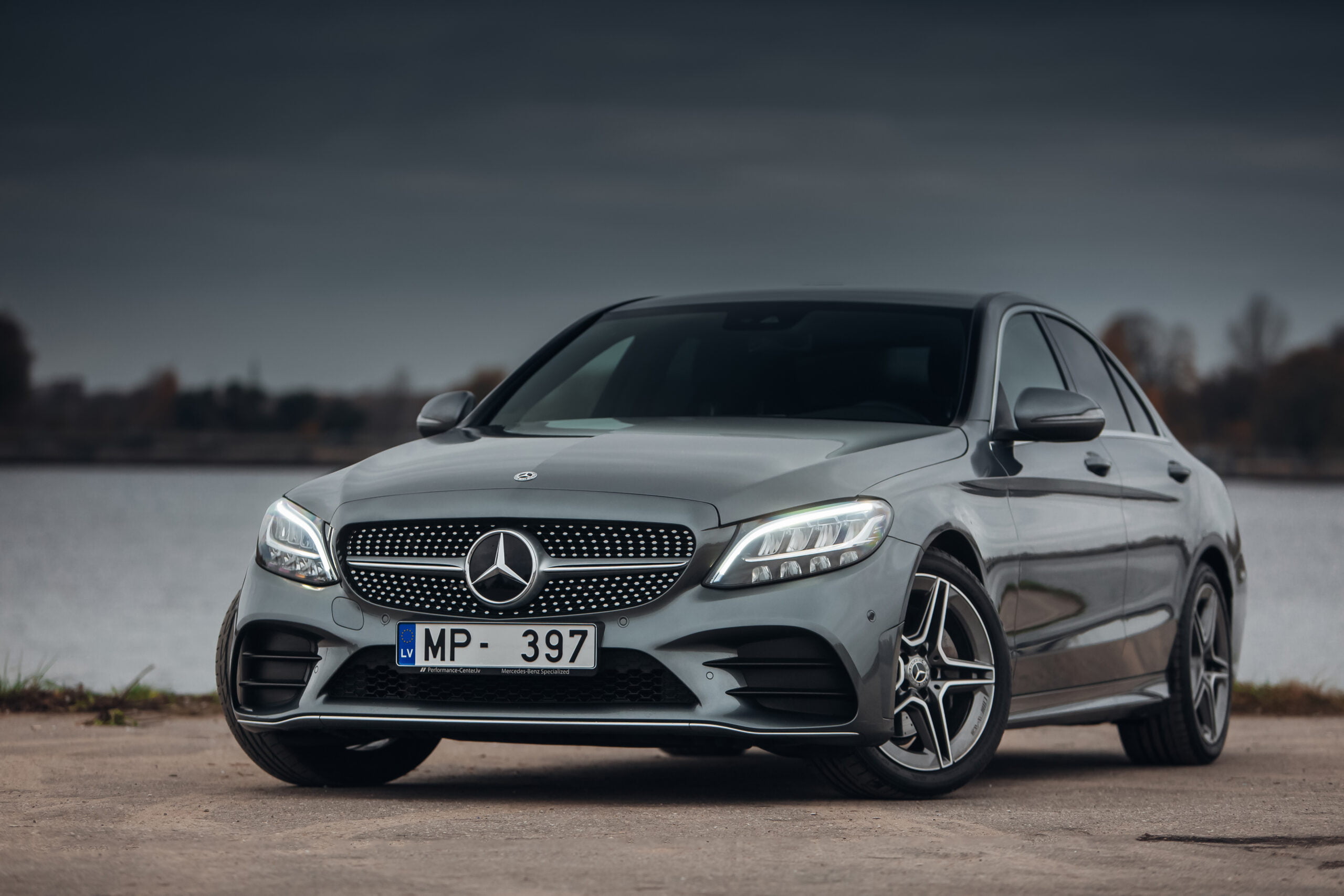
The 2003 C-Class came with a 1.8L supercharged four-cylinder or a 3.2L V6, both plagued by repeated engine misfires and electrical problems. The five-speed automatic transmission was notorious for sudden failure, which could cost thousands to fix. Its interior was filled with upscale materials, but the quality was lacking, as climate control buttons shorted out quickly, the sunroof motor was prone to failure, and the COMAND infotainment system would freeze. It had a good 0-60 mph acceleration of 7.1 seconds, but the reliability problems made it expensive to own.
2016 Ford Explorer

The 2016 Explorer came with a 2.3L EcoBoost turbocharged engine with coolant leaks and turbo failures. The six-speed automatic transmission was also weak, often experiencing rough shifting and slow engagement. The interior space was ample, but the quality control was lacking, and problems were frequent, including rattling door panels, malfunctioning touchscreens, and faulty seat controls were some of the issues reported. The Explorer could accelerate from 0-60 mph in 6.8 seconds, which was noteworthy for an SUV, but the frequent mechanical breakdowns made it one of the most aggravating Ford models.
25 Facts About Car Loans That Most Drivers Don’t Realize

Car loans are one of the most common ways people fund car purchases. Like any other kind of loan, car loans can have certain features that can be regarded as an advantage or a disadvantage to the borrower. Understanding all essential facts about car loans and how they work to ensure that you get the best deal for your financial situation is essential. Here are 25 shocking facts about car loans that most drivers don’t realize:
25 Facts About Car Loans That Most Drivers Don’t Realize
